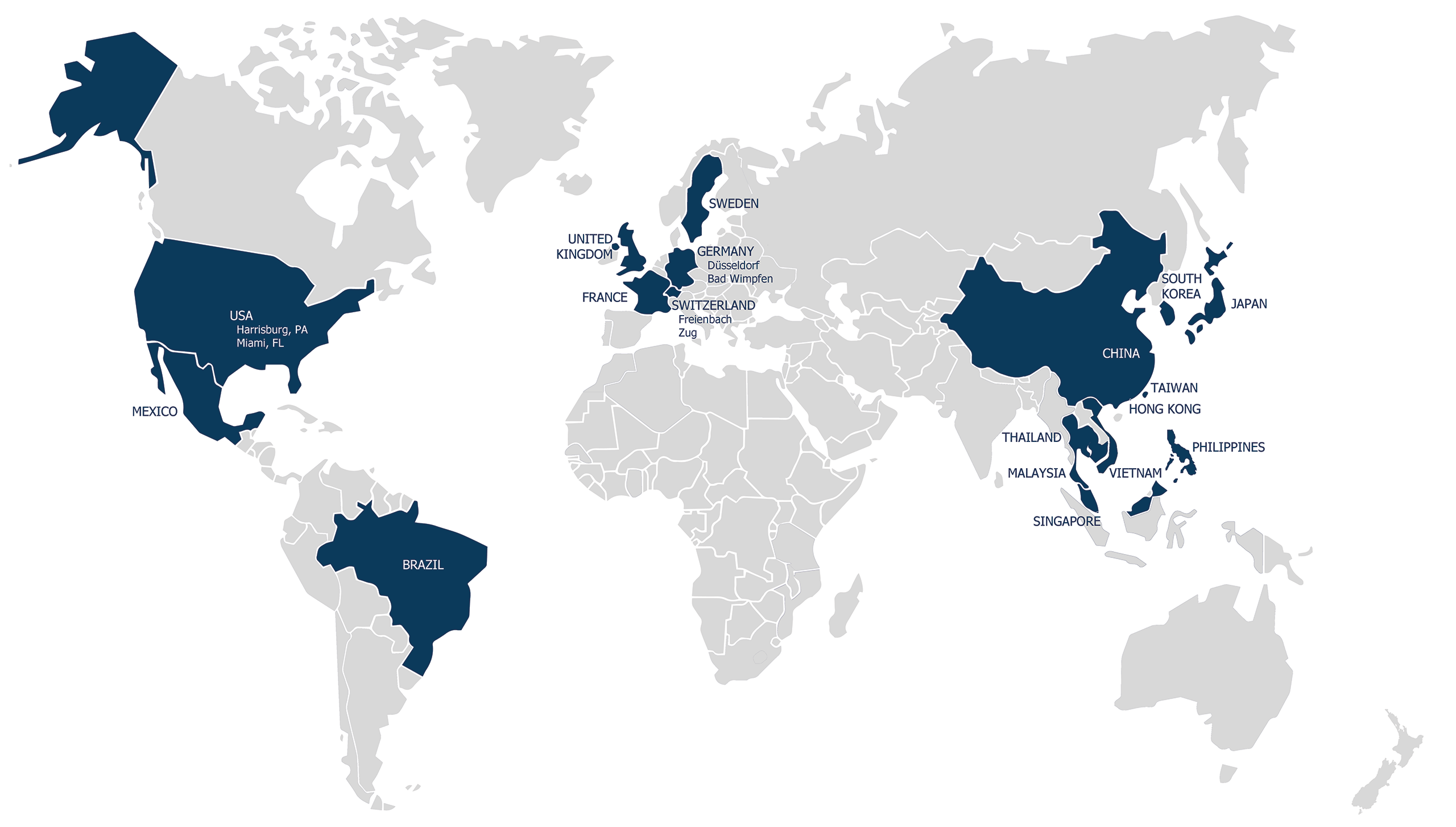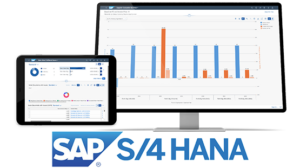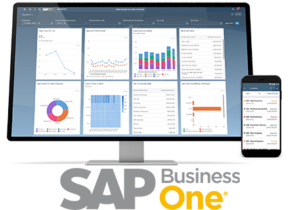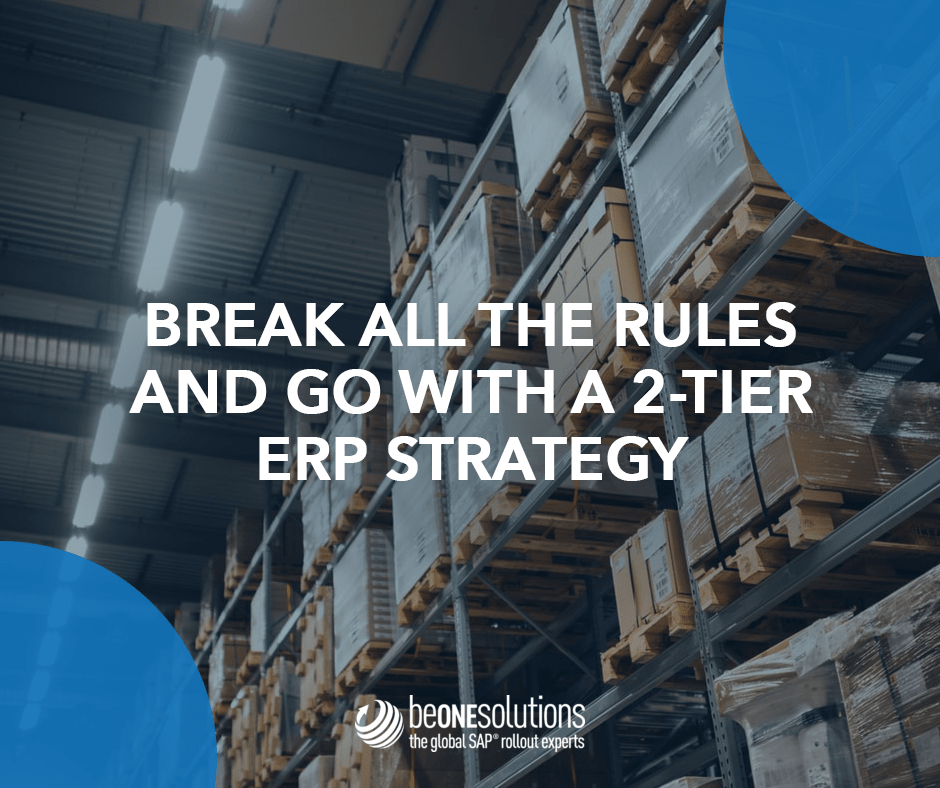Understanding the differences between each ERPs
Learn about the different levels of ERP systems: Tier 1, Tier 2, and Tier 3 and how to pick the right ERP solution for your business needs.
Finding the right ERP software solution can be a daunting task. It should match your specific needs, suit your company size, fit your budget and integrate smoothly with your operational processes and growth strategies. In short, it should be as close to ideal as possible. To find this rare gem, and choose what is best for your business process, you need to understand the differences between ERP Tier 1, Tier 2, and Tier 3.

A key factor to consider is the Total Cost of Ownership (TCO), which depends on the complexity of the solutions. But beware: opting for the cheapest system may not be the most cost-effective – especially if you end up supplementing the solution with numerous spreadsheets. If you buy a solution that is not powerful enough, you may fail to do what you need to sustain your business, and chaos may ensue. You may end up creating endless accounting pages outside the framework that you are basically manually tracking everything.
Compare the three ERP tiers and proceed with the one that meets your needs :
Tier 1 ERP software solutions
One-Tier ERP solutions are designed for multinational companies with multiple departments and global subsidiaries. Tier 1 ERPs are customized to suit the needs of Fortune 1000 companies, whose revenues are often measured in billions. These 1-tier ERPs can handle the complexity that large, multinational corporations require, such as allowing multiple users to perform the same tasks. Examples of such sophisticated ERP software are SAP ECC and SAP S/4HANA.

These systems are highly complex to configure, require a long implementation time, and have a wealth of features that result in a high initial cost and a high total cost of ownership (TCO). Smaller companies would be overwhelmed by the number of steps and the overall intricacy of these systems.
Tier 2 ERP software solutions
Two-tier ERP is suitable for mid-size companies, and is a strategy often used by large, multinational enterprises that use tier 1 ERP for core common processes at the corporate level and tier 2 ERP for subsidiaries of the company to meet specific needs. Typically, the needs of subsidiaries are less complex, but there are several vertical market players in the Tier 2 category – some specialize in the complexity of only one very niche industry.

With a two-tier ERP strategy, data flows from the first tier to the second automatically. Every ERP strategy that be one solutions offers is unique to the clients’ individual specifications. However, usually, the Tier 1 ERP system handles core business-critical tasks such as managing HR, finance, accounts and IT data and processes. The Tier 2 ERP handles regional tasks and smaller departments such as sales, targeted marketing and internal communications. This innovative approach gives your head office complete control and visibility over its data, ensuring that you know where your data goes and what it is used for throughout your organization, no matter how large it is. Besides flexibility, you also get the benefit of cost-effectiveness if you implement a two-tier ERP strategy.

In a two-tier ERP strategy, the subsidiaries use a Tier 2 ERP that is simpler, while the main company uses a Tier 1 ERP. Since most subsidiaries have fewer, less complex data needs, they can use a more straightforward ERP, which gets data from the master Tier 1 ERP system. This two-tier ERP strategy is especially useful for businesses with multiple locations and departments. It can also be a great option for franchises with multiple locations that exchange data and automate processes.
This approach to ERP saves money because 2-Tier is cheaper and gives smaller locations more control, flexibility and agility in meeting their specific and local needs. SAP Business One is a good example of a fully customizable ERP software for a mid-size branch of a large enterprise. In a two-tier ERP approach, master data management needs careful attention to avoid any duplication or inconsistency of data. A two-tier ERP system can be installed and supported by partners with local expertise and have a lower TCO.
Tier 3 ERP software solutions
Finally, we have Tier 3 ERP solutions, which are distinct and different from the first two types mentioned above. These tools are similar to the software products that small businesses use daily. They can be added to Tier 1 and Tier 2 ERP systems to improve them, or they can be used alone for small companies that need a fast solution to support them during a period of growth.

Tier-3 ERP solutions do not offer the same capabilities as Tier 1 and Tier 2 solutions. Some individuals may not even believe that these solutions qualify as ERP systems, but they can be classified this way by providers such as us. These small business tools offer basic accounting features to save your internal team's time. Small businesses running a vertical line of business application with weak accounting can benefit from using a Tier 3 solution as they are affordable and easy to implement. While your company could outgrow these solutions, you can use them to help grow your organization in the interim.
The Global Scale of ERP System Rollout
be one solutions
We at be one solutions focus on successful partnerships with large, multinational corporations that aim to deploy simple yet powerful global solutions for their small and medium-sized subsidiaries. For over 15 years, we have accumulated vast experience in ERP system implementation and its rollout process on a global scale, employing both 2-Tier and 1-Tier strategies.
Thank You for Your Interest!
Our team will be in touch with you as soon as possible to discuss your needs and how we can help.
In the meantime, please feel free to explore our website or contact us again if you have any further questions.
You won’t want to miss be one solutions‘ next webinar. Add your email address to be notified :
Please select your language
Welcome on be one solutions‘ websites.
Please select your language.







